
The exhibition, "The Great Counterfeit Exposition," features approximately 300 fake and real objects from the Jurassic period to the present day. The exhibition will introduce the roles they have played in the lives of people in each period and region.
The exposition introduces the fact that people in the Jomon period were already familiar with nihonimono (substitute goods). Imitation bracelets made of clay or stone, which were worn by people in mountainous areas in place of the "white bracelets made of shells," which were difficult to obtain, will be exhibited. Through this, visitors will learn that people in the Jomon period already had the same sense as modern people, who wore imitation diamonds instead of expensive diamonds.

Counterfeit objects also abound in the world of vessels. In the exhibition, the tenmoku tea bowl "Kenzan" and its imitation "black glazed tenmoku tea bowl" of Seto ware are introduced. The exhibition introduces the fact that tenmoku tea bowls were coveted by the warriors of Kamakura (1185-1333). At that time, even a tea bowl that could be called a "fake of a fake" appeared in the East, imitating the "black-glazed tenmoku tea bowl".
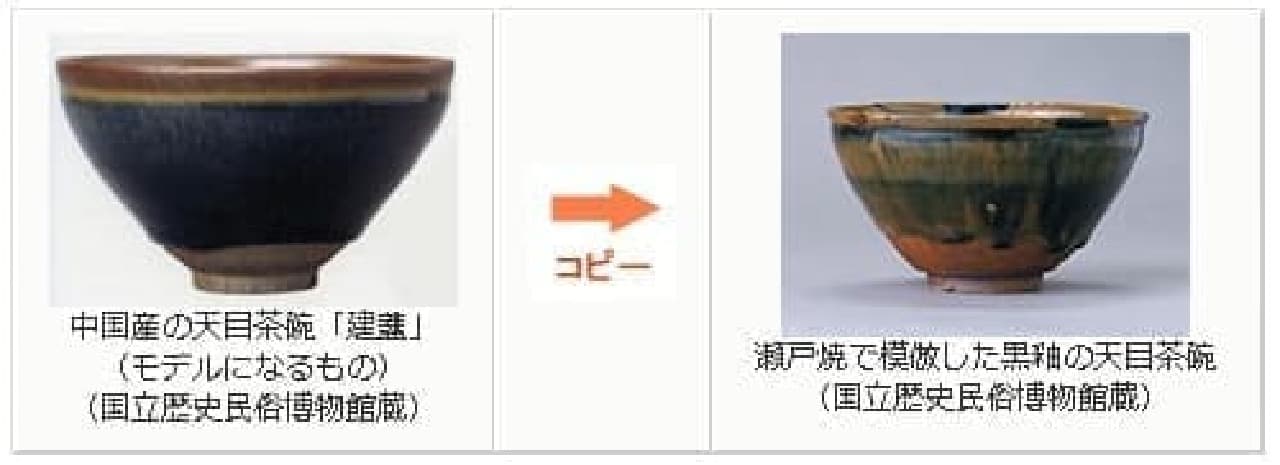
One of the main attractions of the exhibition is the "mermaid mummies" that were exported from Japan to Europe and the United States from the Edo period to the Meiji period. Not only will this be reproduced and exhibited using the technology of the time, but the background and mystery of why the production of mummies was so popular will also be revealed. It will also introduce the description of mermaids in Perry's logbooks and the mummy production method.

While introducing a number of "fake" documents, a "genuine" document addressed to Todaiji Temple by Oda Nobunaga, which was newly discovered in the process of preparing for the exhibition that crosses various fields, will also be shown for the first time.
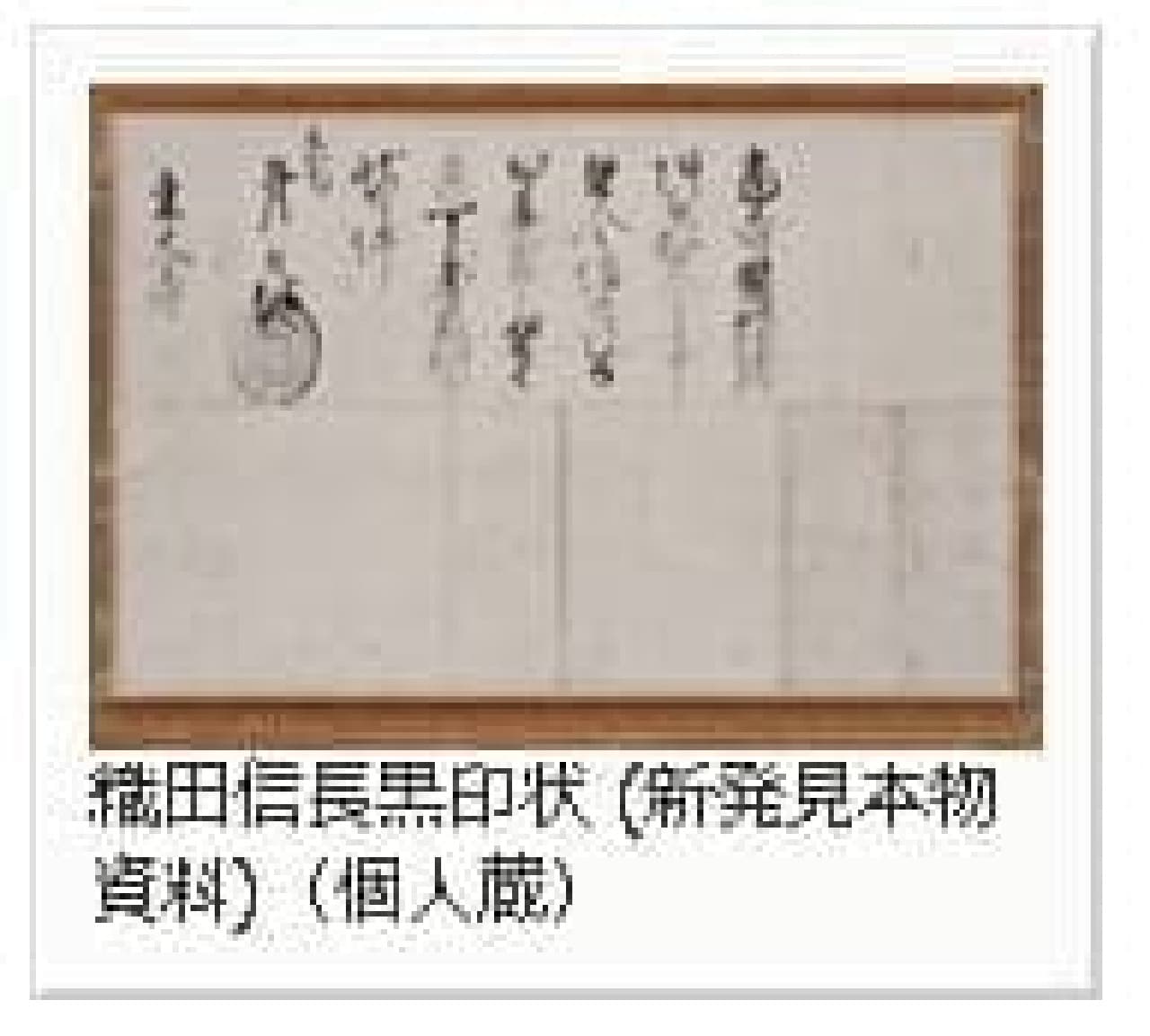
In the exhibition, "Galako," a Vocaloid character created based on the voice of actress and singer Kou Shibasaki, will provide voice guidance at the highlights of the exhibition. To use this service, a smartphone and earphones are required.

For more information about the opening hours and closing days of the National Museum of Japanese History, as well as the duration and fees of the "Great Imposter Exposition," please refer to the National Museum of Japanese History's website on special exhibitions.
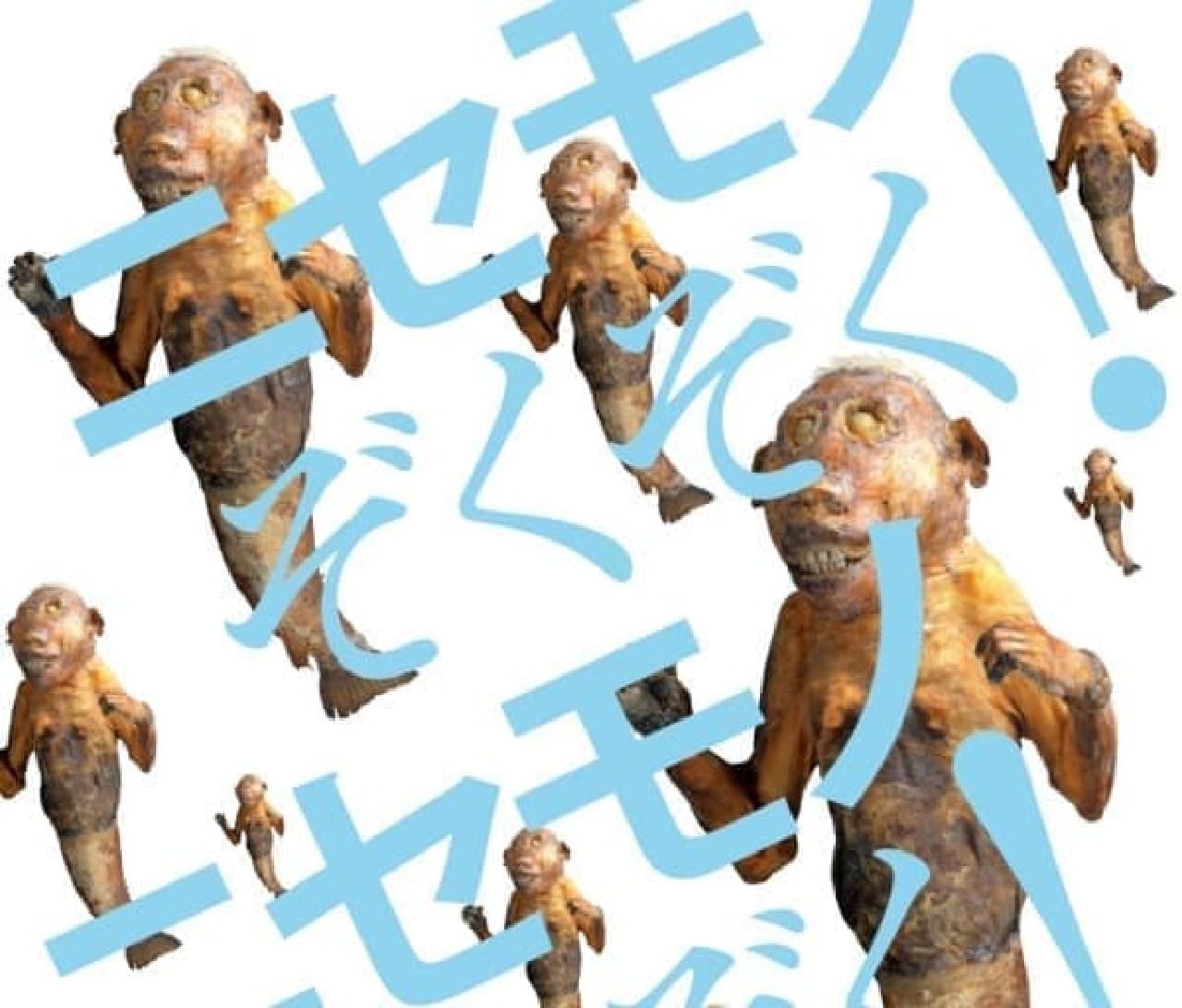
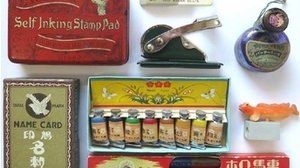


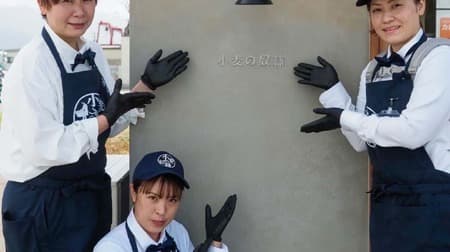
![LUSH releases new album "Collaboration Shimasu 3" on April 21 with rhyming ensemble [Monyu Sode] and a variety of guests, featuring a rich variety of songs by a wide range of artists.](https://image.enuchi.jp/upload/articles/14221/7028dd2a3fa9a2bec15a85fbf3924b56_special.jpg)







![Convenience store petit-price cosmetics] AND by ROM AND "Mellow Stick Blush" and "Glassy Milky Tone Up" at LAWSON.](https://image.enuchi.jp/upload/articles/14192/eca9c3cd72c87b0c6ae58c7c3d48661f_related.jpg)




